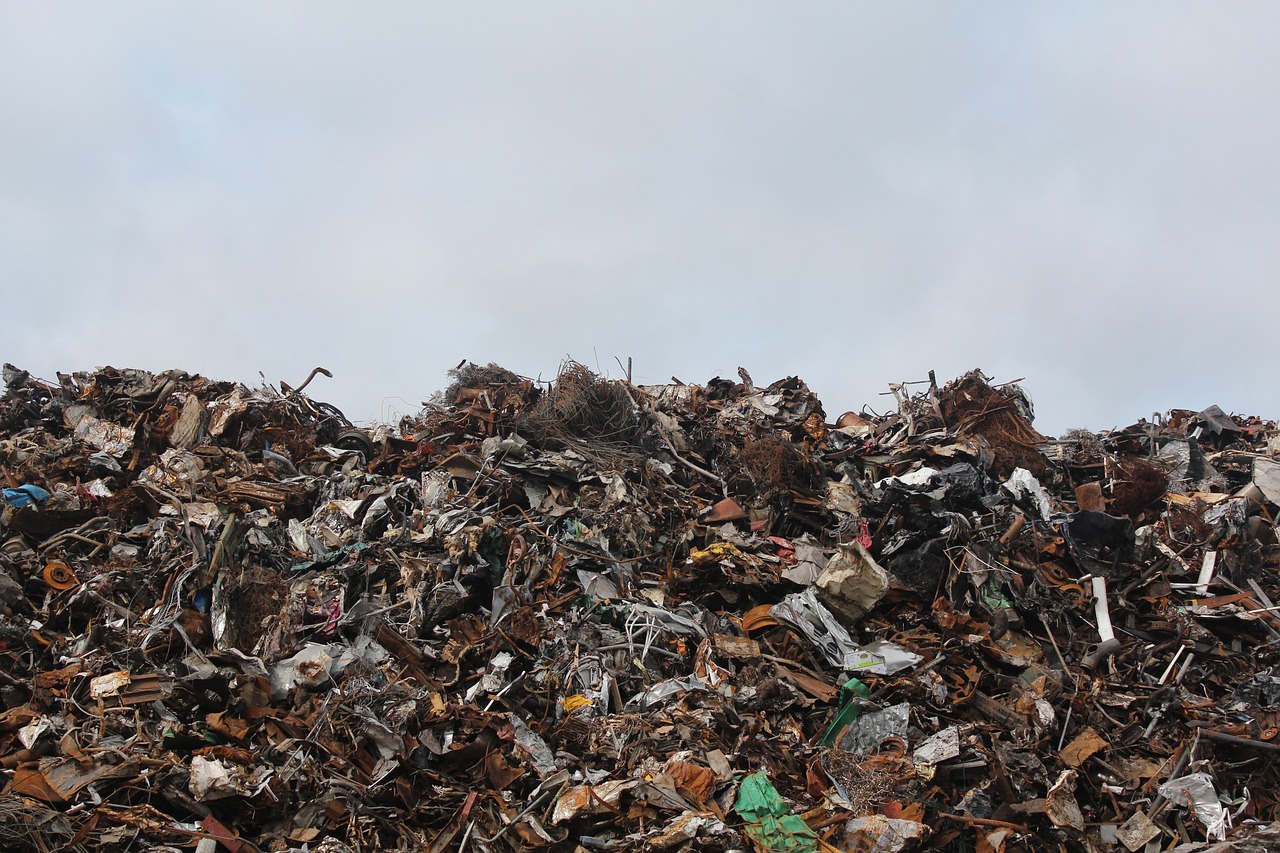.png)

In the fast-paced world of today's society, getting the maximum convenience possible has never been so high. With the ever-increasing number of smart mobile, digital gadgets, and other electronic devices, man tends to give importance to easier access and quicker time-saving services rather than thinking the long-term effects of these products on sustainability. This is a reasonable approach to the net effect-hazards of growing-e-waste.
E-waste, or the e-waste, is denoted to electrical or electronic equipment, in which end-of-the-lifecycle devices are disposed of. Again, with the acceleration of technology development, it makes products obsolete at a quick pace, creating a condition of gathering huge amounts of e-waste. Though breakthrough gadgets like smartphones, laptops, and tablets have changed human life, they have also led to higher levels of disposal of old devices as these items.
In the fast-paced world of today's society, getting the maximum convenience possible has never been so high. With the ever-increasing number of smart mobile, digital gadgets, and other electronic devices, man tends to give importance to easier access and quicker time-saving services rather than thinking the long-term effects of these products on sustainability. This is a reasonable approach to the net effect-hazards of growing-e-waste.
E-waste, or the e-waste, is denoted to electrical or electronic equipment, in which end-of-the-lifecycle devices are disposed of. Again, with the acceleration of technology development, it makes products obsolete at a quick pace, creating a condition of gathering huge amounts of e-waste. Though breakthrough gadgets like smartphones, laptops, and tablets have changed human life, they have also led to higher levels of disposal of old devices as these items.
Modern devices with minimal life spans are a vital force in this phenomenon known as "planned obsolescence". The evidence shows that most manufacturers of gadgets ensure that the products they produce are short-lived, thus making users upgrade or replace their gadgets every now and then. For instance, the improvement in operating systems and fast hardware or design changes renders the older models of devices nonsupportive to the new software, which compels the user to discard a perfectly functional device and use the latest model.
In addition to all these, e-waste is so much full of environmental problems as it even contains hazardous materials like mercury and even lead from old devices that leak into the soil and to the water that thus brings pollution to the ecosystems. Furthermore, the recycling ratios are in many regions still low, letting illegal e-waste dumping in countries with less strict environmental safety standards contribute to the environmental hazard even more.
Technology becomes the nucleus of our lives, and from the date of manufacturing, people will have to bear the consequences in terms of repair or disposal costs. Awareness of proper disposal and designing products that last longer are some important steps to ensuring solutions to the e-waste crisis for the protection of the planet in future generations.